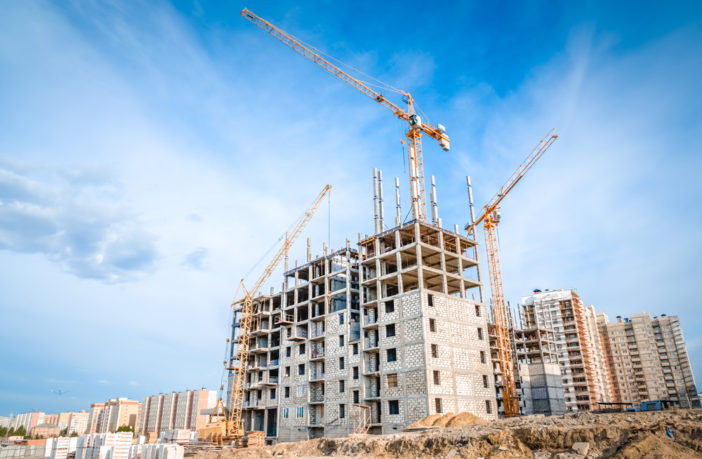OU experts have called for greater sustainability in the construction of new buildings, which are globally responsible for 10% of all carbon emissions.[1]
Dr Alice Moncaster and PhD student Jane Anderson, international experts in reducing carbon emissions in construction, have provided evidence towards a Select Committee report (published 26 May 2022) that they have hailed as ‘the first major step towards tackling new building emissions.’
Currently building regulations require new buildings and major refurbishments of existing buildings to be designed to be energy efficient, limiting the energy used in heating, lighting and cooling.
Requirements for energy efficiency have been increasing over the last two decades, particularly since the 2006 enforcement of the European Energy Performance of Buildings Directive (EPBD), although the earlier target ‘zero carbon’ requirement by 2020 hasn’t been met.
However, experts argue that even if the target had been met, the UK’s definition of zero carbon and the EPBD have both ignored a major element of the whole-of-life carbon emissions of a building.
This missing part is the ‘embodied carbon’ of the building, the carbon emissions from the manufacture of all the building materials, their transport, and the construction processes, as well as repair and replacement over the life of the building, and the demolition and waste processes.
Dr Moncaster said:
“Ignoring embodied carbon is like budgeting for a car, but only including the running costs of tax and petrol, and forgetting to include the cost of buying the car in the first place.
“We can’t do this with money. However, individually we don’t have to pay for embodied carbon costs. Unlike the energy used in heating and lighting, there isn’t a direct connection between the cost of the building materials and their carbon emissions.”
She continued:
“Around 10% of all global carbon emissions come from constructing buildings. Although we don’t pay for it directly, we know now that this embodied carbon is a devastating cost to the planet.”
This overlooked emission is sometimes called the ‘capital carbon’. After years of industry lobbying, research and the development of a methodology, Dr Moncaster feels that the UK Government is starting to take note, and embodied carbon is a key element of the latest Inquiry.
Dr Moncaster highlighted the importance of the report and its potential impact:
“The Government has a key role to play here in legislating to reduce these construction impacts.
“We hope this report will have significant and hard-hitting consequences for building construction practices, construction materials, and building regulation in the UK.”
Read more on climate change and the built environment in Dr Moncaster’s OpenLearn article.
[1] United Nations Environment Programme (UNEP).



